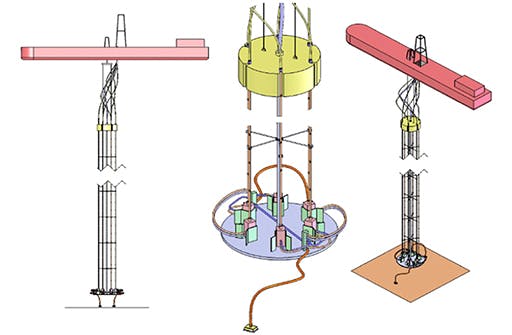Equipment & Vendor Assessment
We identified suppliers of mining pumps that could handle the abrasive slurries, large volumetric flow rates and high-pressure head, and invited them to propose designs that could meet the project’s needs. This was followed by a pump evaluation, which was presented to the client.
Three seabed crawler designers were invited to participate in a concept design competition and the concept most suited to working in the Black Sea’s difficult seabed geography was selected by a panel of experts.
We also engaged with third party experts throughout the project to address specific issues, such as deck handling facilities, and environmental and metallurgical issues, amongst others.
Challenges
The high, commercially driven production rates required multiple large diameter pipes to create the flow volume needed to make the project profitable. This resulted in a formidable overall system weight. We were able to reduce the payload on the vessel by incorporating a near-surface buoyancy tank suspended below the vessel to support the majority of the riser’s weight.
We also had to address the hydrogen sulphide (H2S) levels in the water below 150m. This presented a unique challenge in material selection for the subsea components, as it can cause material embrittlement and structural failure very quickly. The highly anaerobic water coming up in the slurry also has to be disposed of back to the deep so that it does not affect the marine life in the upper water layer. We included return pipes in the riser bundle to accomplish this.


